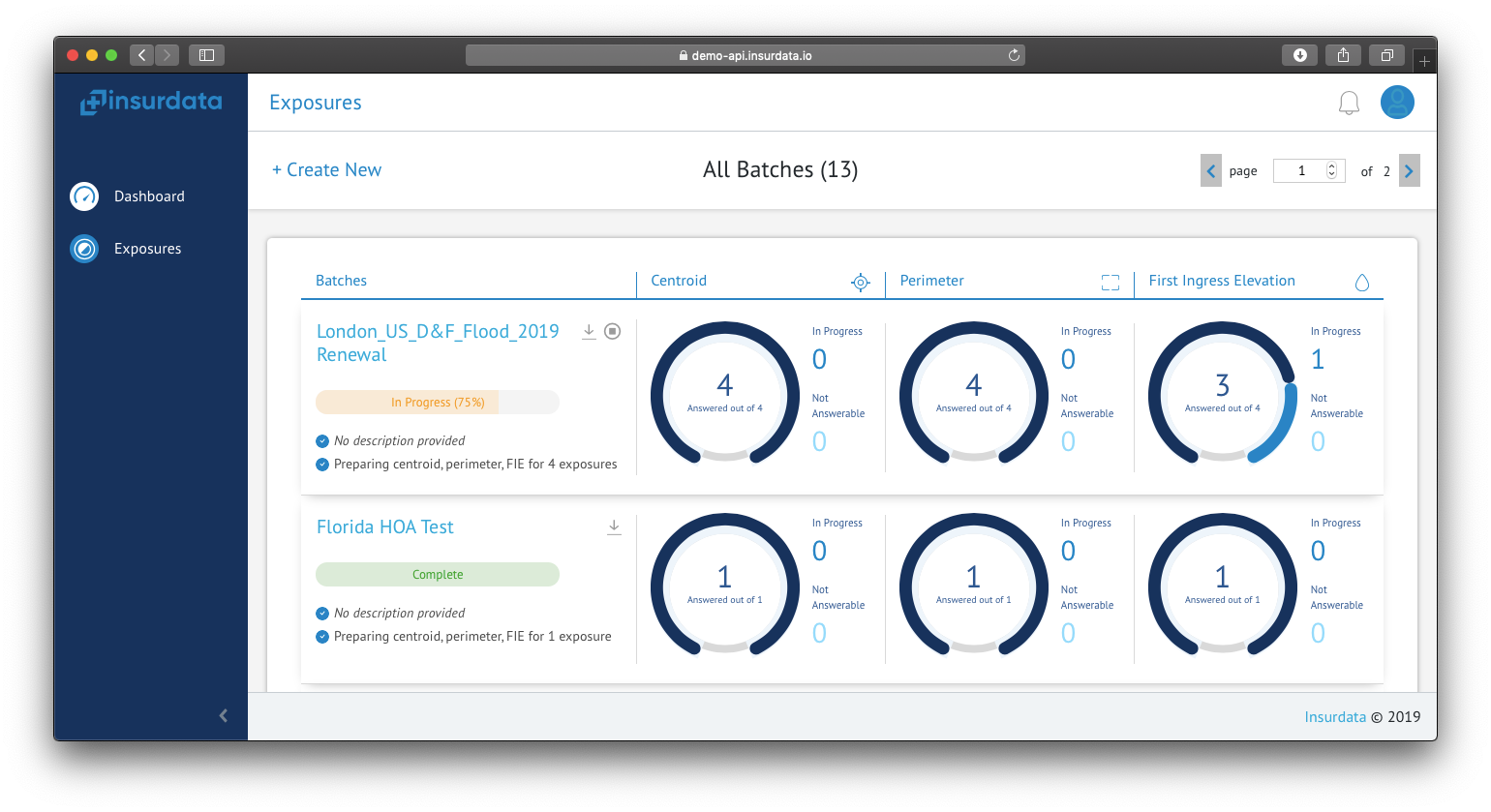Topics:
Insurdata

My interest in remote sensing data and its potential impact on insurance dates back to a series of serendipitous meetings five years ago, culminating in a moment in a corporate café, when a cat modeling expert from a top tier insurance company leaned across the table and whispered, “We don’t even know where our insured objects are!”
Huh? What? Why not? On my phone, I can map out any address, get directions to it from wherever I am, look at it from above, look at it from the street…certainly if you insure commercial properties, you can (and want to) do the same.
But to understand insurance as the original big-data industry is also to understand big data before advanced, ubiquitous data science technology was democratized by the digital revolution. Policies penned on paper, faxed, bound and rebound, information passed from brokers—who are seeking the most competitive prices, to insurers, who don’t always have accurate information in the first place. Contract-level insurance data exists in silos. It degrades when it leaves its silo, passed from broker to insurer to broker to reinsurer.
Quite simply, we cannot apply modern data science to such datasets. Something needs to change.
Insurdata was launched in 2017 to address the lack of property-specific data available to the insurance and reinsurance markets. Insurdata’s platform enables insurers and reinsurers to generate high-resolution, accurate, risk-specific data globally in real-time at all points in the underwriting workflow. This includes accurate geocode information, building attributes, first-floor elevation data and much more.
Taking advantage of new data and new data science techniques is daunting for an industry mired in legacy tech. That’s why Insurdata’s awesome self-service platform can be such a boon to underwriters. Simply upload a portfolio of assets and understand building attributes as needed, without tying in existing systems.
Jason, Jeremy and the team have done a great job building a robust product and underwriting platform. By providing access to precise data, Insurdata aims to give underwriters greater confidence in modelled loss estimates and accumulation analyses, resulting in better risk selection and improved portfolio management. This in turn supports better, more accurately priced products, more resilient balance sheets and, ultimately, reduces volatility.
